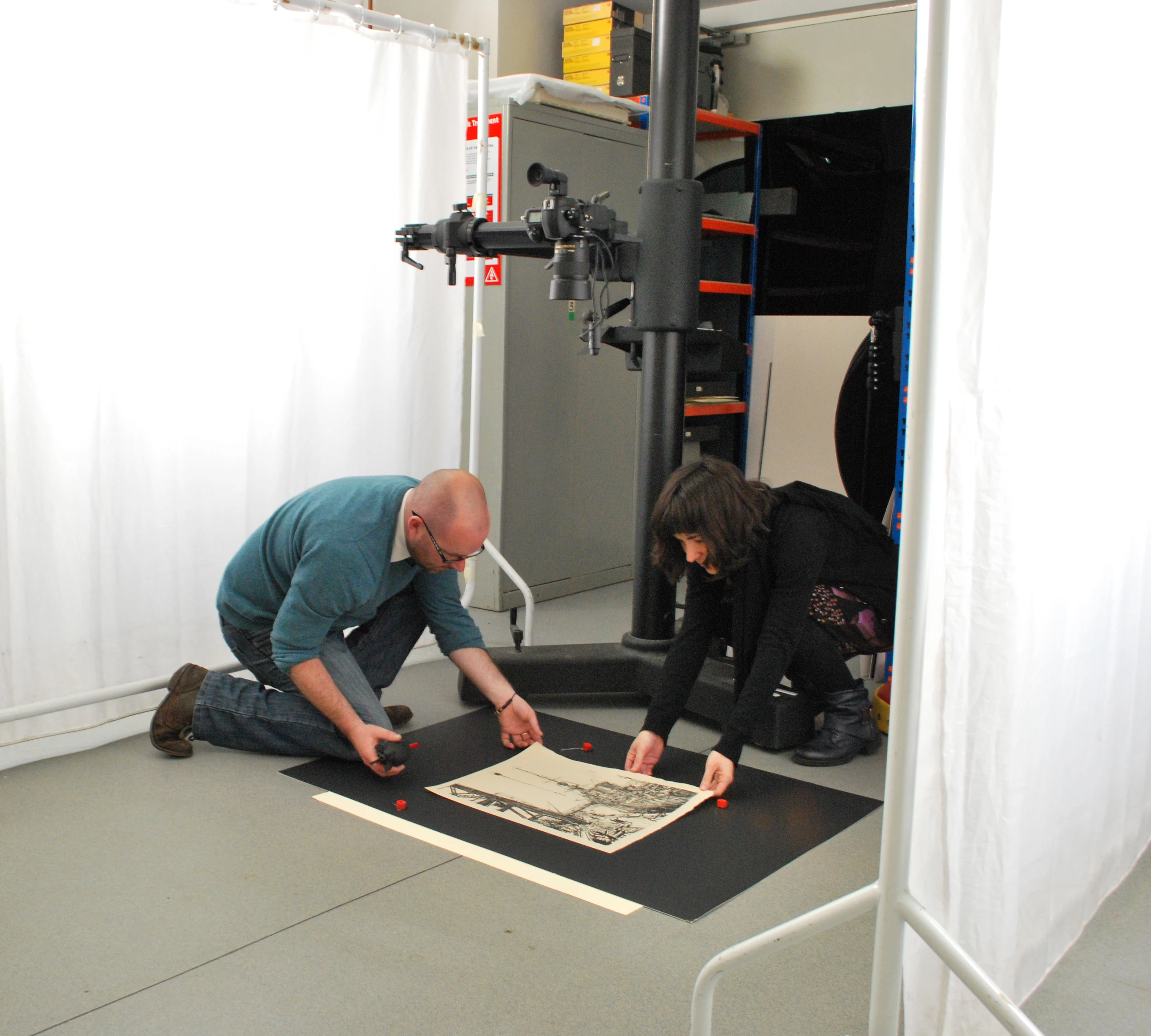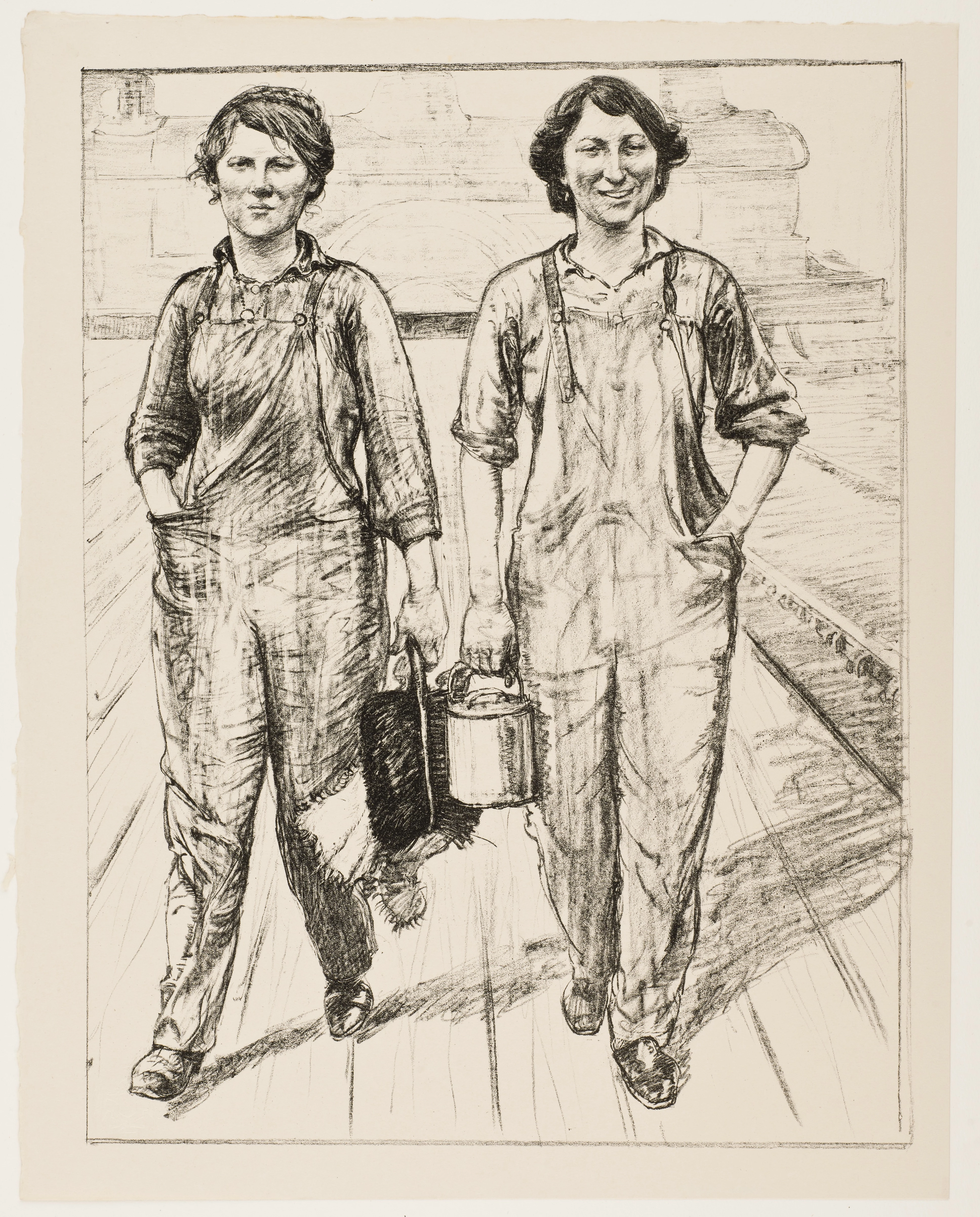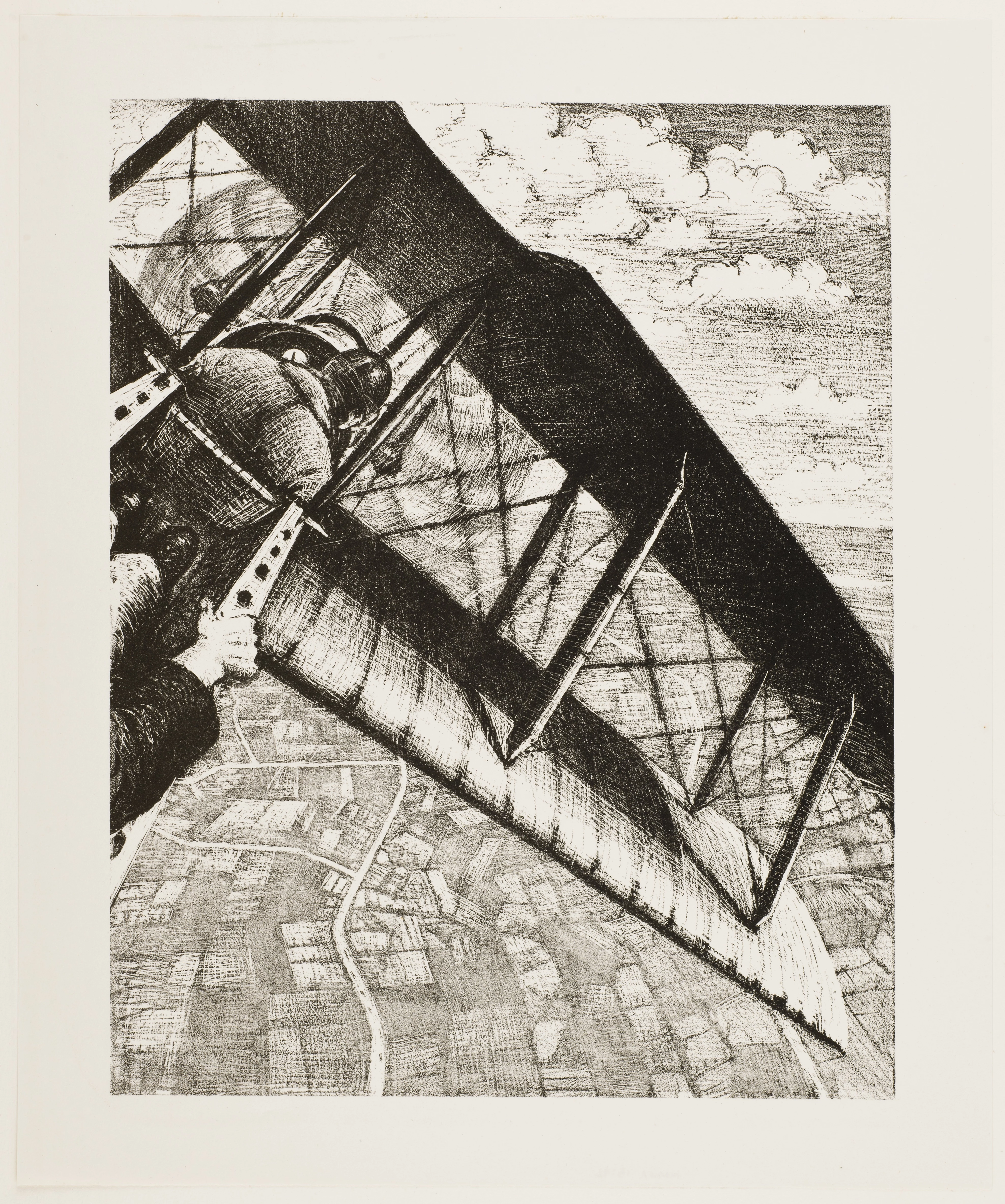13 WEEKS TO GO! WASHING PAPER. PART II
, 29 Ebrill 2014
Hello everybody!
Last week we introduced you into the wonderful world of washing paper. This time, we are going to show you a video where you are able to enjoy a real process.
The lithograph prints were mounted in poor quality mounts and for that reason we decided to remove all of them. The prints were attached to the backing with an animal glue along the very top edge on the back. When put in a bath of water it can be removed easily with the brush. That is what you are going to watch in the video. Enjoy!



